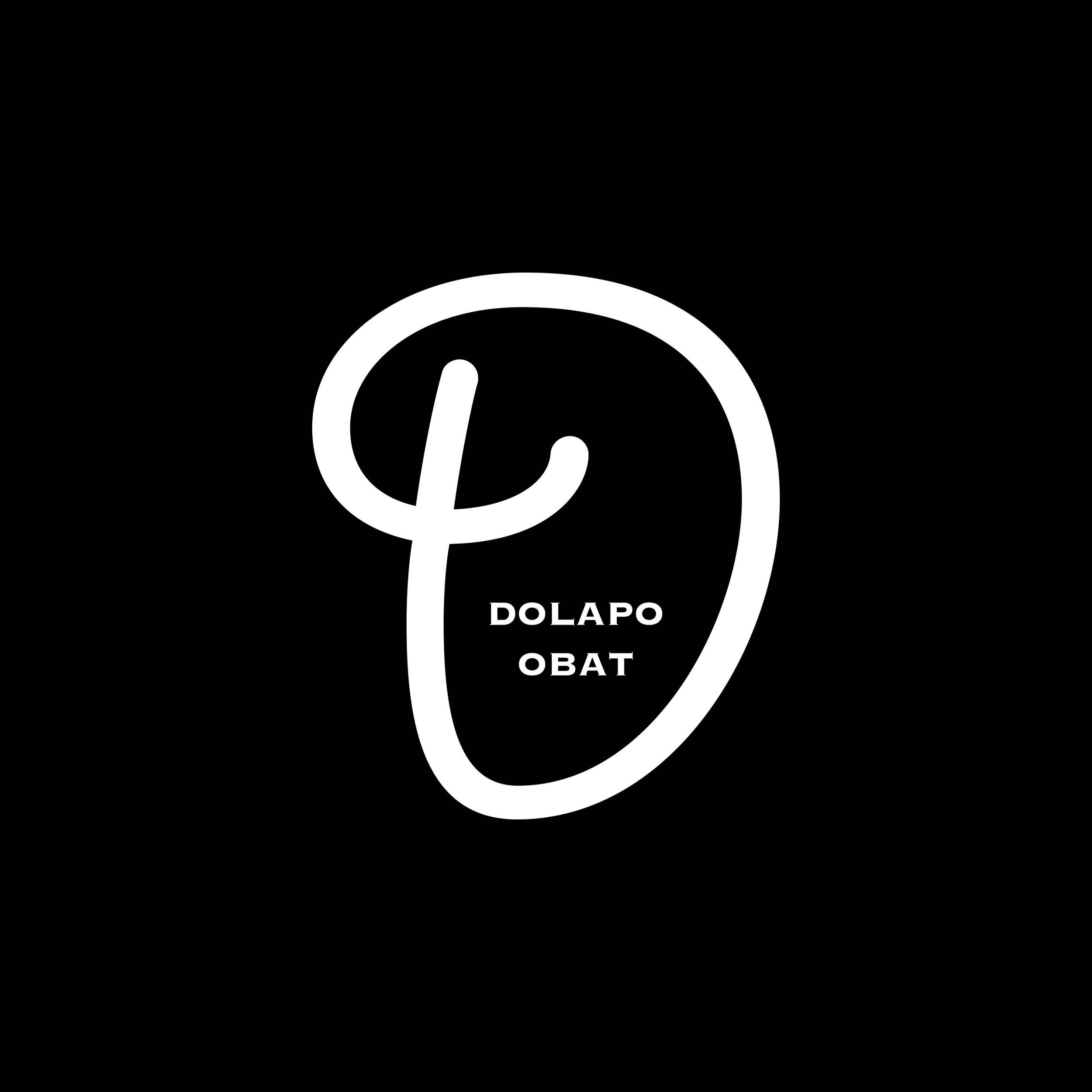Indigenous Languages and Linguistic Expression in Art
Illustration by Tehatsistahawi Kennedy
Language is a powerful vessel that carries the essence of a culture, history, and identity. For Indigenous communities around the world, language is not just a mode of communication; it's a conduit for storytelling, spirituality, and connecting with their ancestral roots. When this linguistic heritage merges with the world of art, the result is a breathtaking blend of creativity and cultural expression. In this blog, we embark on a captivating journey to explore the profound relationship between Indigenous languages and artistic endeavours, uncovering how these languages are preserved, celebrated, and woven into various art forms.
The Diversity of Indigenous Languages
Before delving into the connection between language and art, it's crucial to acknowledge the vast diversity of Indigenous languages. From the Sami people of Northern Europe to the Maori of New Zealand, from the Native American tribes of North America to the Aboriginal nations of Australia, each Indigenous community boasts a unique linguistic heritage. This diversity reflects the rich tapestry of human experience, emphasizing the need to preserve and celebrate these languages.
Preserving Identity through Language
Indigenous languages are repositories of cultural knowledge, traditions, and worldviews. They provide insight into the intricate relationships between people and their environments. In art, this connection is beautifully highlighted. Many Indigenous artists utilize their ancestral languages to convey a deeper sense of identity and to ground their creative expressions in the wisdom of their forbearers.
Inuit artist Kenojuak Ashevak's stunning prints, for instance, offer a glimpse into the Inuit way of life through vibrant depictions of animals and landscapes, complemented by the incorporation of Inuktitut script. This interplay between art and language allows the viewer to not only appreciate the visual beauty but also connect with the cultural significance encoded within.
Storytelling and Language Revitalization
Storytelling has been a cornerstone of Indigenous cultures for millennia. Passed down through generations, these stories impart wisdom, morals, and historical accounts. Incorporating Indigenous languages into visual art helps revive and rejuvenate these stories, allowing the younger generation to engage with their heritage in a modern context.
The works of Australian Aboriginal artists, such as Emily Kame Kngwarreye, exemplify this beautifully. Kngwarreye's "Yam Dreaming" series not only portrays the ancestral stories of her people but also integrates the Anmatyerre language. This fusion of language and art aids in language revitalization efforts, rekindling interest in traditional dialects and fostering a sense of pride among Indigenous communities.
Language in Performance Art
Indigenous languages don't just find expression on canvas; they also take centre stage in performance art. Dance, theatre, and music become platforms for linguistic celebration, allowing audiences to engage with the auditory and visual dimensions of the language simultaneously.
The "Haka," a traditional Maori dance, is a prime example. This powerful and rhythmic dance involves chanting in Te Reo Maori, the Maori language. The Haka is not just a performance; it's a form of language preservation, a connection to the past, and a means of asserting cultural identity.
Language and Environmental Connection
For many Indigenous communities, language is deeply intertwined with their environment. The names of plants, animals, and natural landmarks encapsulate the intimate knowledge these cultures have of their surroundings. This connection between language and environment often emerges in artistic representations, highlighting the intricate relationship Indigenous people share with their lands.
The artworks of Native American artist Wendy Red Star fuse photography with text from the Crow language, inviting viewers to contemplate the interconnectedness of language, culture, and nature. Through her lens, we witness the Crow people's profound understanding of the environment and their efforts to communicate it through art.
Challenges and Future Prospects
Despite the undeniable significance of Indigenous languages in art, these languages are often endangered. Historical injustices, cultural assimilation, and globalization have threatened the survival of these linguistic treasures. However, there is hope on the horizon.
Communities are collaborating with linguists, educators, and artists to develop innovative methods for language preservation. Digital platforms, interactive apps, and community-based initiatives are breathing new life into ancient languages. The incorporation of language into art serves as a dynamic tool in these endeavours, bridging generational gaps and infusing new vitality into ancestral knowledge.
Indigenous languages are far more than a means of communication—they are the heartbeats of cultures, the whispers of ancestors, and the keys to understanding diverse worldviews. When merged with art, these languages weave narratives that transcend time and space. From paintings that tell ancient stories to dances that honour traditions, the marriage of Indigenous languages and artistic expression is a testament to the resilience of these communities.
As we admire the intricate brushstrokes and hear the melodic chants, let us remember that every stroke of colour, every syllable, is a piece of a much larger puzzle—a puzzle that, when pieced together, reveals the profound interconnectedness of humanity and the vibrant tapestry of Indigenous languages and artistic legacy.

